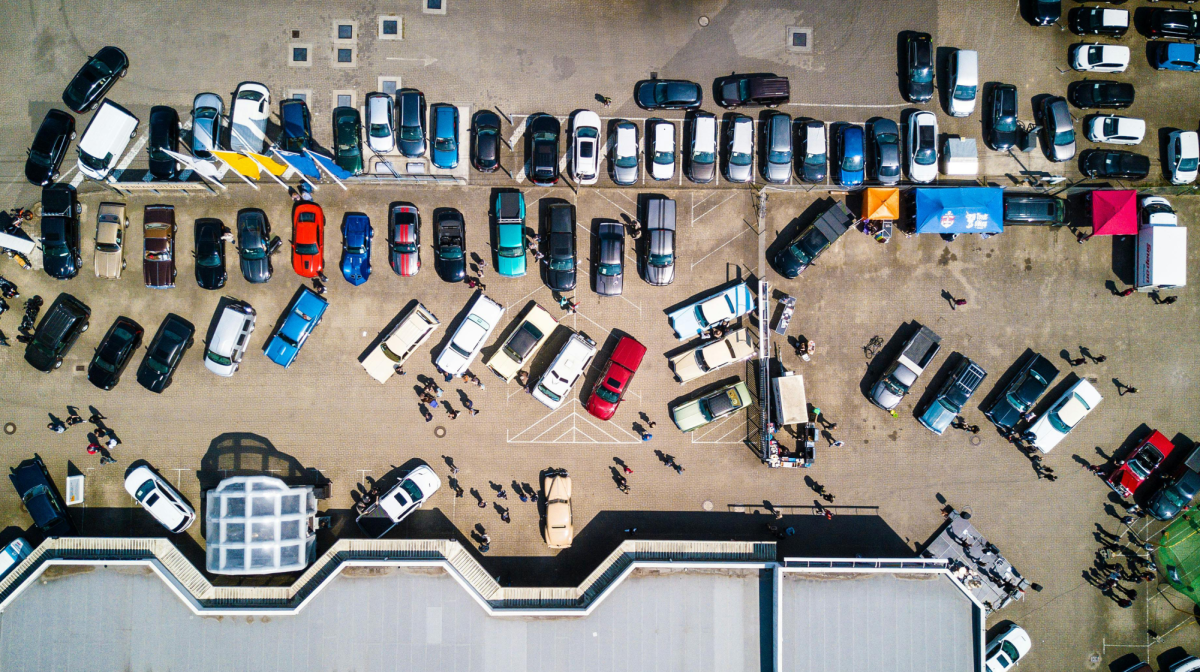BY EVAN PAPAS, Staff Reporter
From September of 1997 to May of 2013 there have been 1,647 uses of the blue-light emergency-phone system located throughout campus.
The police only found a caller in the area of the activation nine times. Only two were in need of legitimate help. In 2000, the blue-light system was activated to assist someone with car problems and in 2009 it was used to make an emergency medical call. The other seven times, the police showed up to help for reasons like the accidental bumping of the button, being locked out of a building and a “dead bird issue.”
Michael Luvera, Central’s chief of police, said the activations usually come from people without a full understanding of what the blue lights are for.
“Sometimes it’s a child, sometimes it’s intoxicated people,” Luvera said. “Sometimes people didn’t realize it actually rings the police as opposed to ‘I just thought it activated the light, I thought it would be funny.’ ”
But despite the seemingly innocent nature of the calls, the blue lights serve an important role on campus. In June of 1990, the vice president of business and financial affairs requested approval from the Board of Trustees to develop a network of 38 emergency blue- light phones on campus. The original proposition was eventually cut down to 10.
Nancy Jackson, telecommunications manager, described the process as being too expensive at the time so cuts had to be made.
“They had originally planned on putting a whole lot more in initially, but the cost just to put them in place was pretty high at that point in time. So they evaluated where they would most be needed,” Jackson said.
These 10 blue lights, originally designed by the electrical consulting firm Abacus, were installed in July of 1991.
Luvera said the records management system changed in 1997 when Central went from its own system to using the system that many of the other agencies that use these blue lights were using.
“It’s a pretty in-depth data system. Now we can give you the time that it was dispatched and the time the officer arrived. It’s more detailed information,” Luvera said.
Since then, 21 more blue lights have been installed. The current blue light pedestals Central uses are manufactured by Code Blue, an emergency communications company.
David Fleming, marketing manager at Code Blue, said the price of the blue lights Central has can vary.
“The pedestal typically is in the $3,000 to $5,000 range,” Fleming said.
Luvera said that activating the blue light is just like calling 911, but with additional location data. The police show up every time the button is pushed. When the button is pushed, the light becomes illuminated and the phone automatically calls KITTCOM, the county’s 911 dispatch center.
After the blue light is activated, the location of the light is sent along with the call and the police are able to be dispatched to specific locations.
Brian Melton, CWU campus police corporal, added that in high stress situations the access and visibility of the blue- light phones can often help individuals more than their own cellphones.
“I’ve also seen it in high-stress situations where people forget they even have a cellphone.
“Something traumatic has happened and they forget to call 911,” Melton said. “We try to get it in their mind that these blue lights are available, too, so it’s something that’s there, it’s visible, it’s identifiable.”
The data the police get is enough to send one or two officers over to the light to find out what’s going on, but as the records show, they are often met with a person who accidentally hit the button or nothing at all. With the amount of false alarms outweighing the legitimate calls by an overwhelming margin, police are often left in the dark as to the reason for the activation. It’s hard for them to determine if it was just a prank or if the person had to leave for some reason.
“We have no idea what we’ve prevented. We don’t know if someone really pushed it because they felt like they were being followed, or they thought they saw something strange in the parking lot, or whatever the case may be,” Luvera said.
“They push it, we roll up, we have no idea. All we know is it’s a false alarm to us, but we have no idea if it’s an impactful thing or not.”
The blue-light phones are maintained and operated by the police, facilities management and telecommunications. Facilities management handles the installation, repairs and electrical work. Telecommunications manages the phone systems in each light. The police respond to the calls as well as test the lights monthly.
The police draft up a monthly report on the state of each of the phones made in order to notify facilities and telecommunications of what needs to be fixed.
Robert Tosch, director of maintenance and operations, said the maintenance costs are relatively cheap, but the installation of the lights is not.
“They are fairly expensive to install. It’s at least a four-number figure if not a six-number figure,” Tosch said, “But they are not overly expensive to maintain once installed.”
According to Jackson, telecommunications pays about $500 to $600 for each phone. If a phone needs to be pulled out to be fixed, the repair cost will be about half of that.
“In 2011 we replaced about half of them because they were unsupported and were unrepairable. I think it was between $14,000 and $18,000,” Jackson said.
By looking at the numbers, one might come to the conclusion that the blue-light system might not be as useful as they claim. Luvera, however, is adamant that if they are able to save a single person’s life then they have paid for themselves.
He believes having this emergency system on campus is like insurance. In case anything unexpected happens, anyone on campus has an easy and accessible way to call for help.
“I look at our blue-light phones and, as far as the cost to implement them and to keep them up and running, if that makes the difference of saving the life of somebody walking down the mall and having a medical condition, then I think it’s well worth it at that point,” Luvera said.







